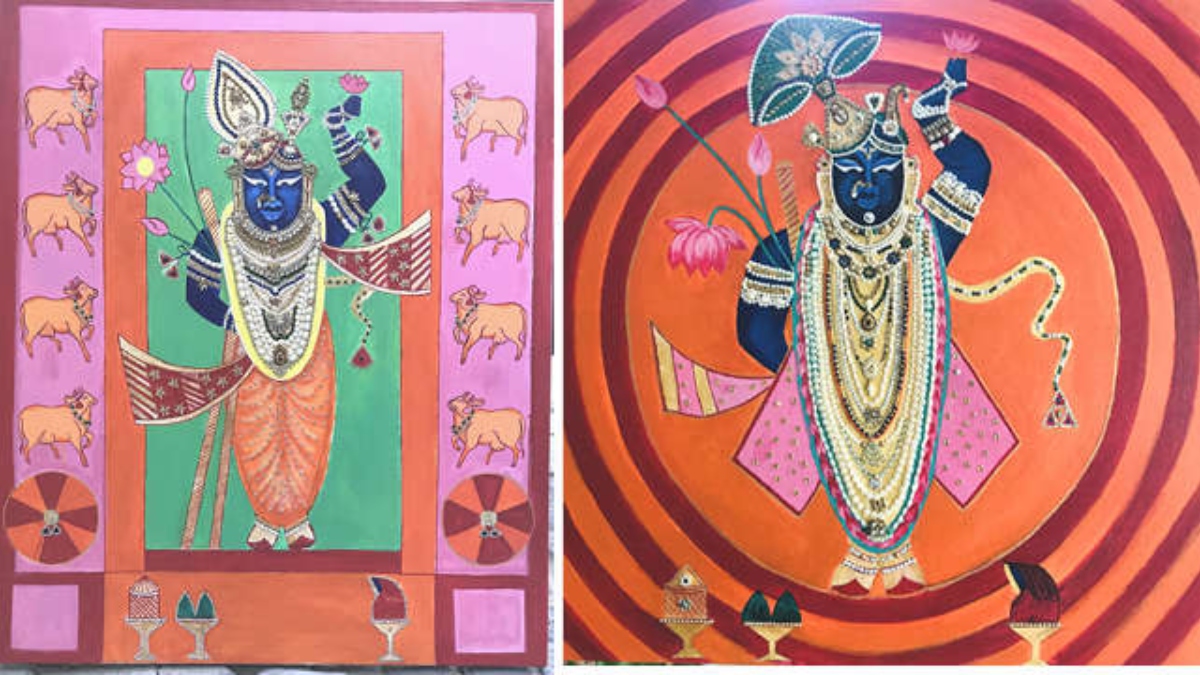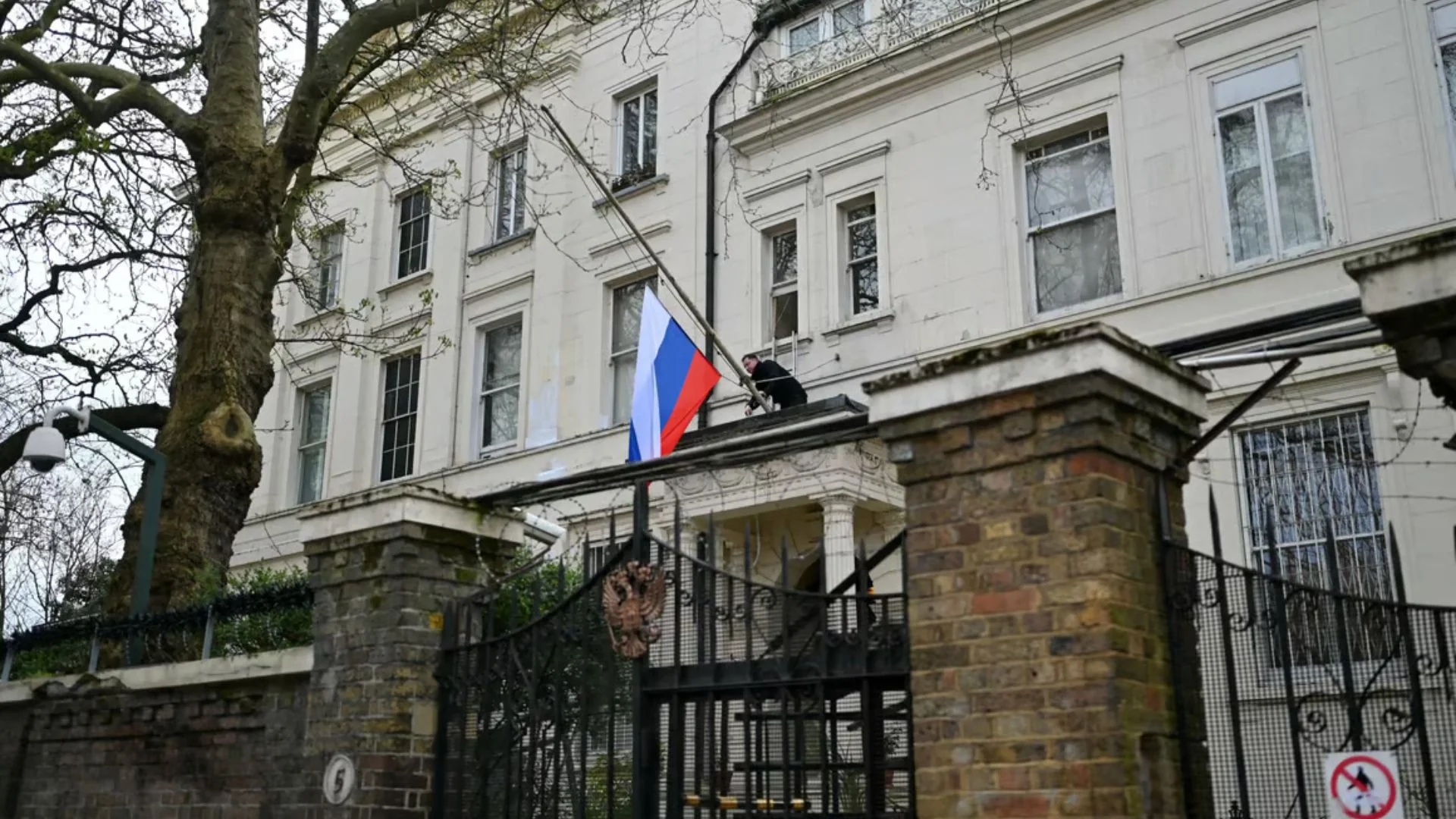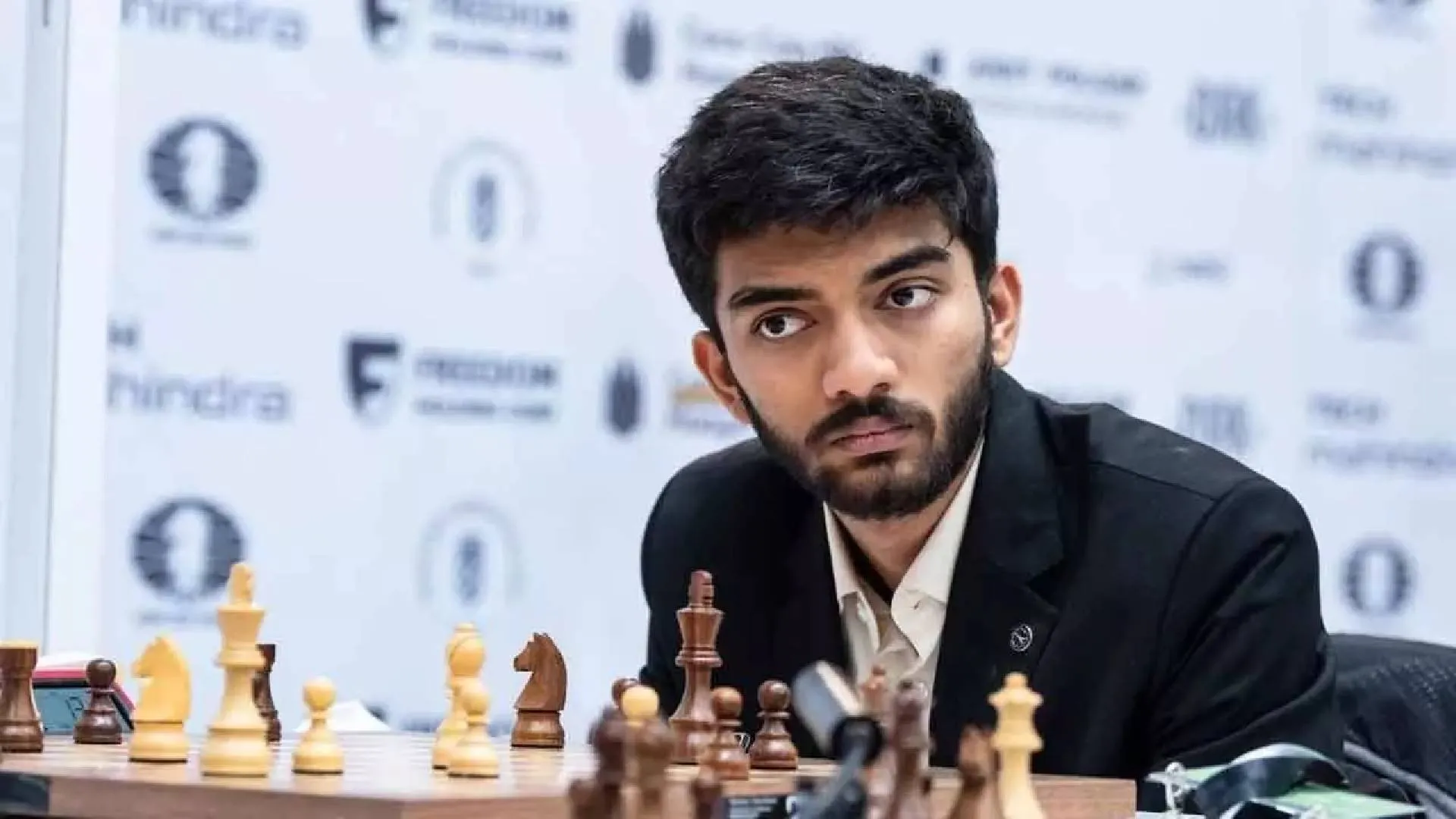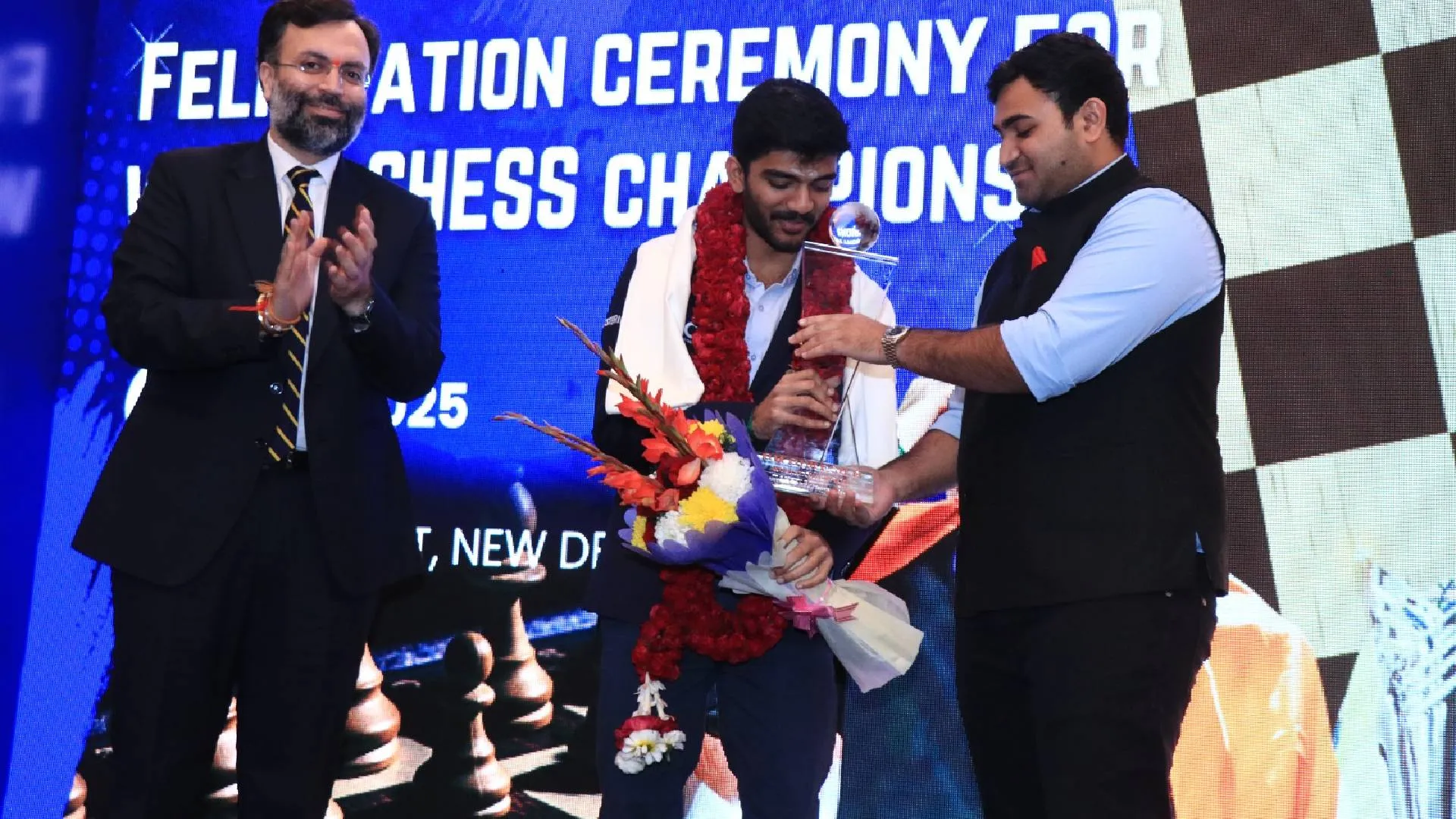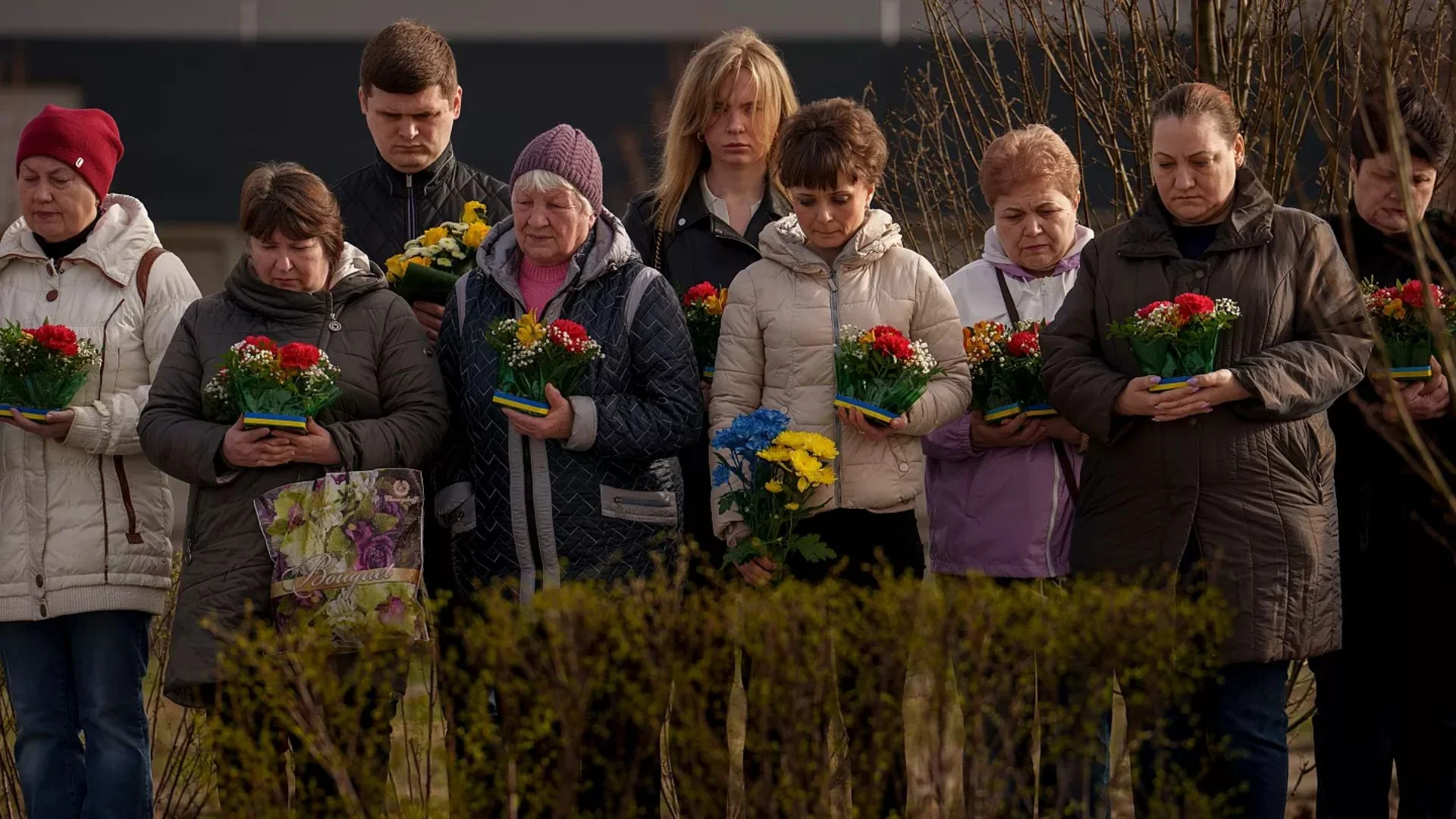Vikramaditya Singh is truly born to the arts. A self-made wildlife artist, he was raised amidst cultural refinement. From the royal family of Palaitha (the largest principality of Kotah, Rajasthan), Vikram is the prodigal son of Aapji Ashok Singh, who had introduced modern interior design in India way back in the 1980s. He worked with the style barons of that era, making urban Indians rethink design. I still recall the amazement with which I had sat on a high-backed dining chair he had designed for the late couturier Rohit Khosla. Ashok, married to the art evangelist, Uma Kilachand, passed away too soon. But he left in his son his love for art and his zeal for design.
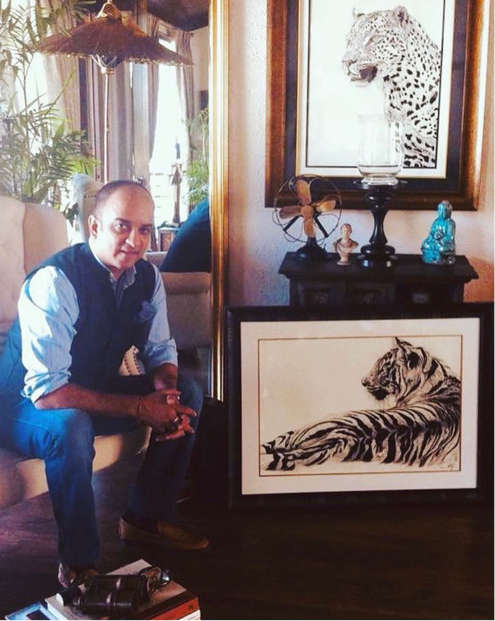
Vikram excels in oil and watercolour paintings as well as charcoal sketches of wildlife, and has shown in leading galleries with masters of contemporary art. Based out of Jaipur and surrounded by the sanctuaries and historic hunting lodges of Rajasthan and neighbouring Madhya Pradesh, Vikramaditya has spent a lot of time travelling to these parks and taking photographs and studying wildlife through pencil study sketches, in different light conditions and in different seasons. He developed his work by studying predators and other wildlife over a series of safaris across India and the African continent over the past two years and he even spent six months in Kenya as a resident artist at a wildlife camp to draw inspiration for this collection.
Vikramaditya’s formative years were spent in Canada and England and his childhood involved visiting the old feudal world of Rajasthan during holidays with his family. Armed with a degree in Economics from the University of Toronto, he returned home to India to fulfil his inner purpose in the land of his birth. A father of two sons and married to Jainandini Singh, the niece of the present Maharaja of Jodhpur and granddaughter of Zubeida, Vikramaditya is also a trap shooter, which lets him spend more time outdoors, and has represented Rajasthan in the Double Trap shotgun event a number of times.
Recently, he has forayed into the world of divine art, which has a personal connection for him as it brings him closer to his late mother’s work on Shrinathji Maharaj and her devotion to Krishna. He feels that an artist should follow their heart and the path that is created to grow and develop as a person to feel the passion and beauty that comes from true creativity. Incidentally, Lord Krishna is also the presiding deity of the Kota and Palaitha family.
“My mother’s love and devotion for Shrinathji was something I was exposed to, which I believe was one of the reasons I may have had a spiritual calling for starting to make his form, and I feel blessed for this! Divine intervention is a beautiful process, it makes us feel safe!” says the artist.

